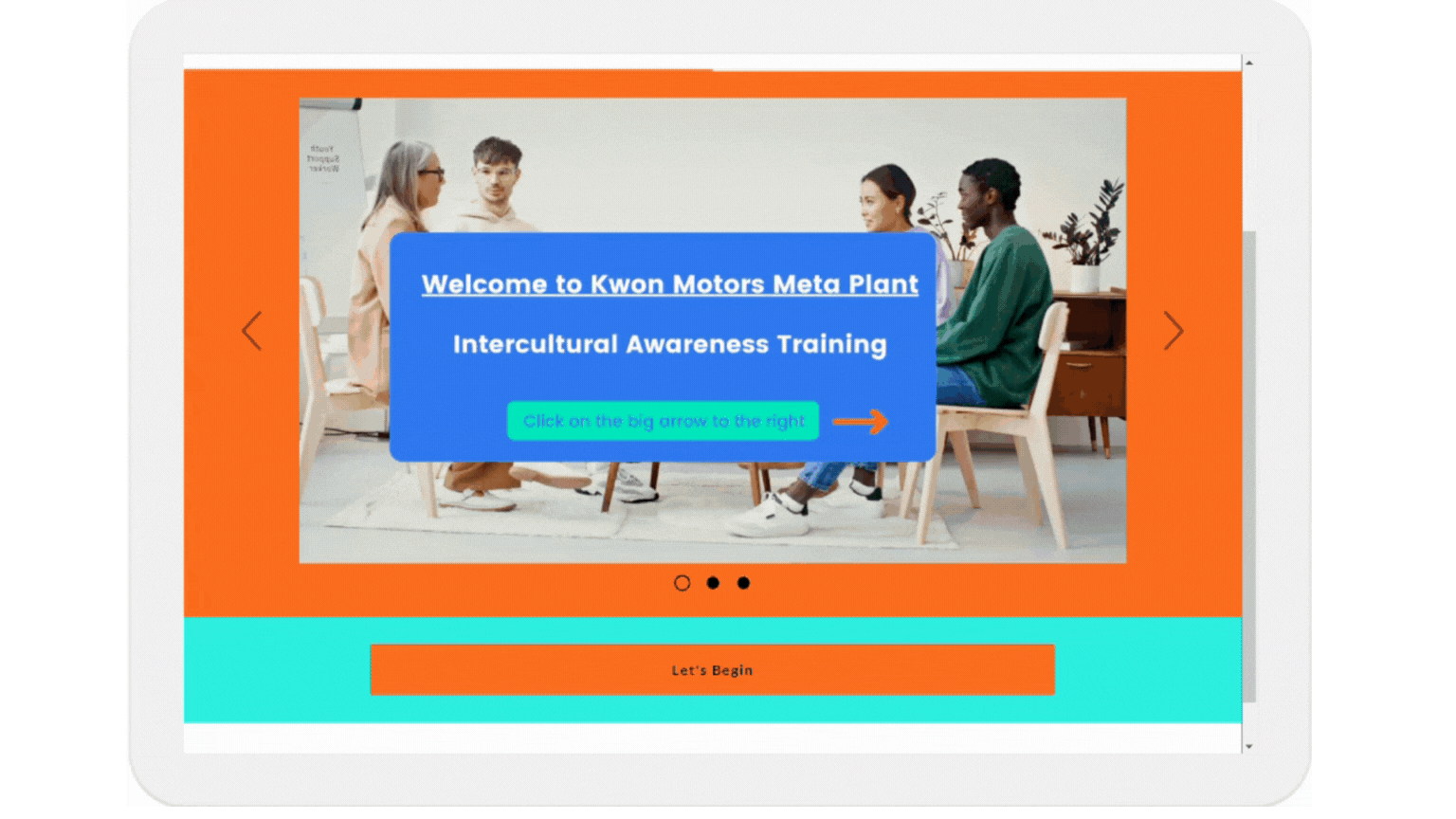Click on the image to view the course.
E-Learning
R.R.S: Security Breach Prevention & Policy Adherence Training
This 20-minute course sample is designed to train truck delivery drivers for a records storage company on best practices for preventing security breaches and adhering to company policies.
Goal: Make sure all R.R.S. delivery truck drivers secure the chain of custody of records and documents entrusted to the organization by the clients they service.
Problem: R.R.S delivery truck drivers lack attention to handling sensitive client information when receiving records from customers offsite. Drivers have been inconsistent and negligent when out on their routes servicing clients.
Solution: Design a course in Storyline that closes the gap in company security breaches and increases the truck driver’s awareness of company policy. This course takes advantage of demonstrating for the learners the correct response to these problems through the application and usage of mixed-media components within the course.
Process: I closely followed the A.D.D.I.E model when curating this course as this training needed a more structured, systematic approach to its design and development. The SME informed me that this was the company’s first time investing in an instructional designer/e-learning specialist to create this training for their delivery truck drivers. I planned to evaluate the training using Kirkpatrick’s Level 2 and Level 3 evaluations with scenario-based assessments to check the learner’s mastery of the course objectives with questions mirroring real-world on-the-job occurrences that have happened in the past at this company. After a month of taking the course, I will follow up with the general manager to evaluate their delivery team’s adherence to the company’s security breach protocols and change in behavior towards reporting breaches if they occur. (Button links for viewing my design document, storyboard, and script related to this course are below.)
Key Features: The course highlights Mayer’s Multimedia Learning Principles through an engaging mix of modalities—including videos, audio clips, infographics, and interactive elements—to cater to diverse learning styles and maintain high levels of engagement. Other notable features include a clean user interface and mini-scenarios.
Tools Used: Articulate Storyline, Canva, Final Cut Pro, PicsArt
Kwon Motors Meta Plant: Intercultural Awareness Training
This bright and vibrant 15-minute course sample is designed to ensure the highest level of productivity, collaboration, and cohesion within this US-based branch of a Korean Motors Meta Plant.
The Western engineers, challenged with adapting to working cohesively with their Korean team members, will delve into the significance of intercultural awareness, its impacts on the workplace, and the fundamental concepts underlining this crucial skill.
Goal: Increase quarterly company productivity by 40% due to the reduction of native team member’s cross-cultural communication misunderstandings.
Problem: Native (local to the U.S.A.) team member engineers have zero experience working alongside non-native team members from the Seoul branch. Many project productivity issues are occurring due to the lack of understanding of Korean cultural practices and the unconscious biases of the native U.S. engineer team members.
Solution: Design a vibrant eye-catching course in Rise that grabs the learner’s attention and trains them on the best practices of resolving workplace cross-cultural misunderstandings with their Korean counterparts.
Process: I wanted to organize the information in such a way that the learners would first learn WHY they are experiencing dissension in the workplace. Then with the learner’s progression through the modules, they would learn the skills to resolve the conflict. For this demo project, I was the SME and knew that the scaffolding of Korean cultural knowledge would be critical in aiding the behavioral change of Western learners.
I wanted the outcome of this course to result in the company’s Western engineers frequently recognizing, accessing, and employing their learned intercultural skills during cross-cultural team projects to reduce misunderstandings and build healthy and cohesive relationships. Learners will successfully distinguish between the do's and don'ts of interacting with Korean team members and representatives. Applying Kirkpatrick’s Level 3 evaluation, I would send out an anonymous post-training survey to the company’s Korean staff to determine if they have noticed a change in behavior from their Western team colleagues. (The button link for viewing my action map is below.)
Key Features: The course highlights utilizing multimedia blocks, flashcards, and various interactions such as accordion, tab, labeled graphic, process, and sorting.
Tools Used: Rise 360, Canva


